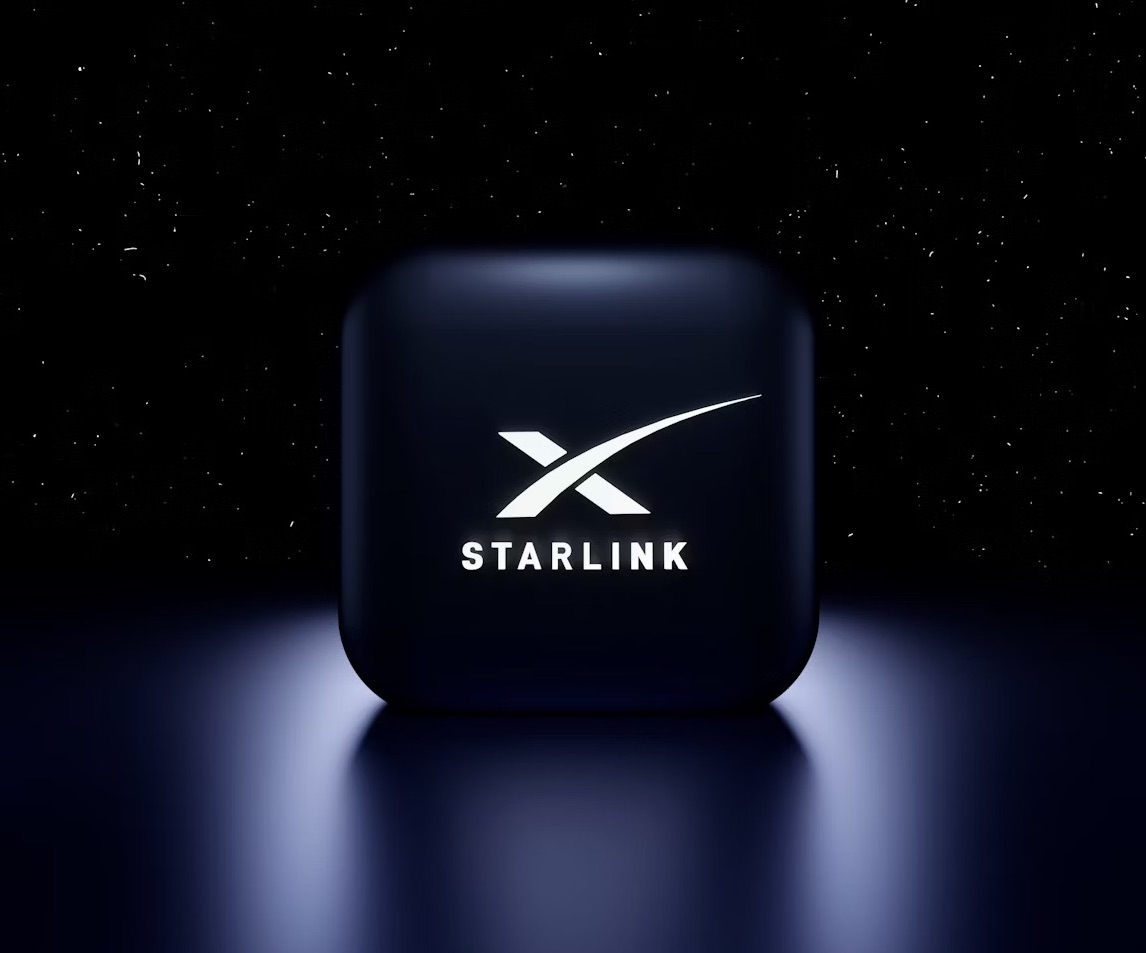
SpaceX has filed a request with the U.S. Federal Communications Commission (FCC) to expand the radio spectrum available to its first-generation Starlink satellites. The proposal seeks permission to use the “E-band” spectrum, specifically the 71.0–76.0 GHz and 81.0–86.0 GHz ranges.
According to the company, adding these frequencies would allow Starlink’s Gen1 system to “deliver more capacity more quickly to more Americans, especially those in rural and underserved areas.”
Enhancing Network Performance
The addition of E-band frequencies is designed to work alongside existing Ku- and Ka-band authorizations. SpaceX says the expanded spectrum would enable faster speeds, lower latency, and more reliable broadband coverage.
The FCC has already approved E-band usage for 7,500 satellites in Starlink’s second-generation network. SpaceX has reported that these deployments provided “demonstrable benefits and zero interference complaints,” strengthening its case for extending the same capability to its Gen1 constellation.
While the company is not asking to raise the current cap of 4,408 satellites for the first-generation constellation, it is requesting approval to increase flexibility in how the satellites are deployed. Specifically, the proposal would allow for a greater number of orbital planes, giving Starlink more freedom to distribute coverage where demand is strongest.
SpaceX explained that broadband demand continues to grow and evolve, and flexibility is needed to adapt to shifting usage patterns rather than being locked into a fixed configuration.
Capacity Constraints and Pricing Changes
Starlink’s popularity has created congestion in certain regions. In the Pacific Northwest, where demand is high, new customers in parts of Washington, Oregon, and Idaho are being asked to pay $1,000 extra to sign up for residential service. Meanwhile, in areas with excess capacity, SpaceX is offering discounted plans to attract more users.
Over time, the company plans to add even more capacity by using additional frequency bands and launching up to 20,000 more satellites, pending regulatory approval.
Author’s Opinion
Starlink’s growth shows the clear demand for satellite broadband, but the pricing strategy raises questions. Charging more in oversubscribed areas while discounting in others makes business sense, but it risks leaving rural users—who often have fewer alternatives—paying the highest costs. SpaceX’s push to expand spectrum and add flexibility is smart, but unless affordability is prioritized, the very communities that Starlink claims to help could end up most disadvantaged.
Featured image credit: Mariia Shalabaieva via Unsplash
For more stories like it, click the +Follow button at the top of this page to follow us.
